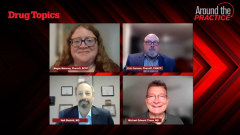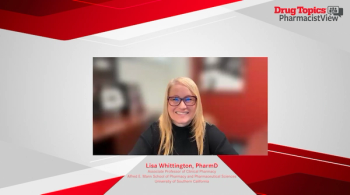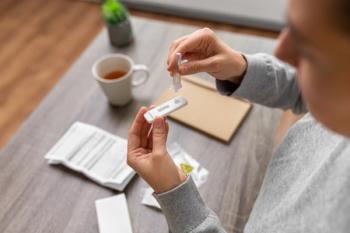
Key Takeaways Surrounding TRD Treatment Strategies
The panelists provide key takeaways from this discussion surrounding treatment-resistant depression.
Episodes in this series

Megan Maroney, PharmD, BCPP: To finish, everyone can share any closing thoughts. I’ll start with Dr Skolnik, then Dr Thase, and then Mr Cannon. Dr Skolnik, any closing thoughts?
Neil Skolnik, MD: First, it’s been a privilege to participate in this. I’ve learned so much from you, Eric and Michael. My closing thoughts are for my colleagues in primary care. We do a great job treating depression and listening to our patients. The thing to learn from this episode is the importance of being aware of both partial response and treatment-resistant depression [TRD]. It’s not just about prescribing that SSRI [selective serotonin reuptake inhibitor] and saying, “See you later. I hope you do well.” It’s about seeing people back. It’s about looking for a partial response or no response. It’s about having some clarity about what medicines to add next. And when a patient isn’t responding, have a low threshold to refer that patient on to our psychiatric colleagues because there are a lot of other therapies available that can help people.
Megan Maroney, PharmD, BCPP: Absolutely. Dr Thase, your final thoughts?
Michael Edward Thase, MD: Thank you, Megan, for pulling this together and doing such a good job moderating. If you look at depression as a heterogeneous group of disorders that share a few common features, it’s not surprising that a significant minority of people don’t respond to 1 or 2 types of antidepressants that mostly target serotonin or serotonin and norepinephrine. There’s an array of possible pathophysiological processes that could be implicated that don’t pivot on serotonin or norepinephrine. In the last couple of decades, we’ve had important developments in terms of identifying useful adjunctive treatments and advance strategies for patients with difficult-to-treat depression. It’s key for us, as health care providers, not to give up. Don’t think this patient is untreatable. Look through, listen, and go over what’s been tried, what hasn’t been tried, and what’s gotten in the way. Try to sort out and be creative about how to help our patients begin to do better and function better. That will pay profound dividends to that individual’s family and society.
Megan Maroney, PharmD, BCPP: Mr Cannon, your closing thoughts?
Eric Cannon, PharmD, FAMCP: What a great group. The opportunity to sit, listen, and learn is amazing. I sat here doing a little introspection, wondering if I’m doing enough in this area. On my side, it’s easy to focus on expensive treatments and lose sight of a big portion of the population that really needs our attention and focus. For that introspection, I thank you. You all helped me with that today. Going forward, what else can we do? On our side, we continue to look at digital therapeutics and different things out there. We can’t immediately solve access. We can’t immediately solve cost. What else can we add? That’s the takeaway for me. Thank you. I appreciate the opportunity to learn from all of you.
Megan Maroney, PharmD, BCPP: As you said, we have many more treatment options now than we did in the past. It’s great to be able to tell patients it’s OK if you don’t necessarily respond to the first thing you try. There are other treatment options out there. As long as you’re open and honest about how you’re doing with your providers, we can get you the treatment that works best for you.
Thank you all for your participation. It was a pleasure speaking with you about this very important topic. To our viewing audience, we hope that you found the Drug Topics® Around the Practice® to be rich and informative.
Transcript edited for clarity.
Newsletter
Pharmacy practice is always changing. Stay ahead of the curve with the Drug Topics newsletter and get the latest drug information, industry trends, and patient care tips.
























































































































































